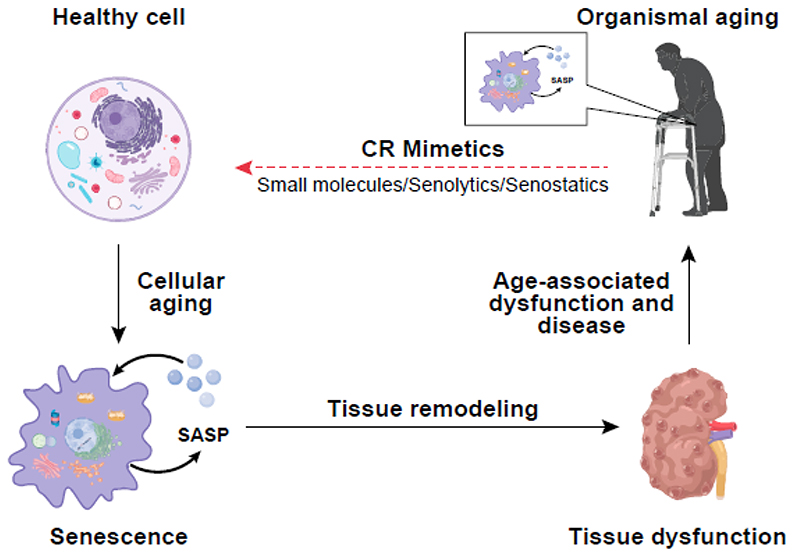Figure 1. The role of senescence and its reversion in healthy aging and age-related dysfunction and disease.
With increasing age, senescent cells accumulate in several human tissues, due to a process known as cellular aging. Senescent cells secrete a plethora of extracellular proteins, lipids, and other bioactive material, collectively referred to as the senescence-associated secretory phenotype (SASP). SASP components trigger changes in adjacent cells resulting in tissue remodeling and subsequently age-associated tissue dysfunction of human organs, such as the kidney. Age-associated dysfunction in several tissues contributes to organismal aging. Currently, small molecules with the potential to trigger the elimination of senescent cells (referred to as senolytics) or to dampen their detrimental influence on the organism (referred to as senostatics) are under development. Such compounds, with a potential for tissue rejuvenation, may provide new therapeutic opportunities for age-associated dysfunctions and diseases. Based on the beneficial effects of caloric restriction (CR) on human healthspan, compounds which mimick beneficial effects of caloric restriction may be particularly suitable candidates for the development of senolytics and/or senostatics.

